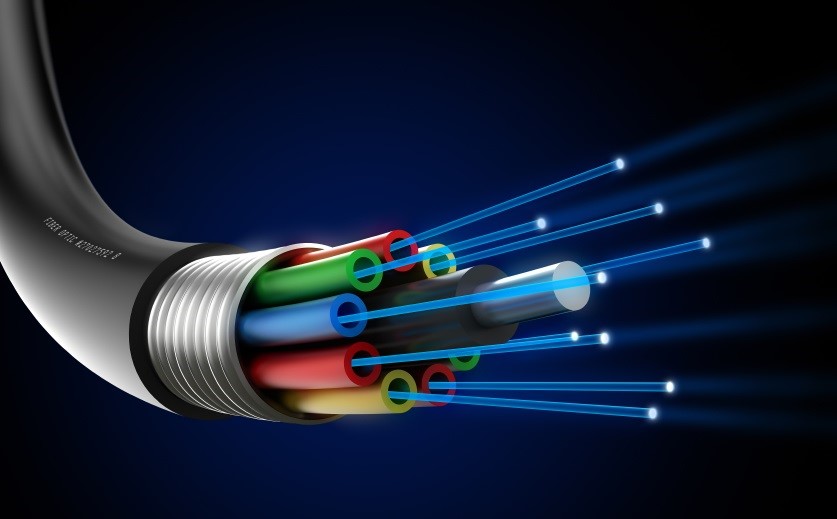

BT has achieved record speeds for data transmissions on live, commercial fibre links and closed test networks, claiming the results demonstrate how the capacity of its infrastructure can be increased through new network technologies.
The company, along with equipment manufacturer Huawei, reached 2Tbps on a 737km stretch of cable between London and Dublin using flexible grid infrastructures and terabit superchannels that boost the capacity of the individual strands of glass that make up fibre cables.
By making transmissions more efficient, such as by compressing the gaps between channels, it is hoped fibre will be able to cope with the anticipated growth for data in the future.
BT had previously achieved 1.4Tbps on a live fibre cable with Alcatel-Lucent in January 2014 and 3Tbps with Huawei on a closed network in the same year.
“The core network is the superhighway of the internet. It’s important that our core networks keep pace with the growth in bandwidth demands driven by take-up of high-speed fibre broadband, HD content, 4G smartphones and tablets and in the future, 5G services,” said Howard Watson, CEO of BT Technology, Services and Operations (TSO).
“So we’re investing in our core, as well as in high-speed access technology such as fibre broadband, to make sure there is no capacity crunch and deliver the best possible speeds to customers. These landmark trials show that we can easily turn up the dial to deliver the speeds needed in our core networks to stay well ahead of rising customer demand.”
“Ultra-High-Speed optical networks are an indispensable infrastructure for the future of digital life, and this is an area where Huawei is investing, to help telcos such as BT squeeze as much capacity out of their core networks as possible,” added Zha Jun, president of Huawei’s fixed network product business.
Research projects around the world are seeking to boost the speed and capacity of wired and wireless networks as entertainment and cloud applications, along with the Internet of things (IoT), drive demand.
For example, BT has been able to achieve speeds of 5Gbps on a copper connection through ‘XG.Fast’ technology, while researchers in Germany claim to have reached 6Gbps across a 37km wireless network.
What do you know about fibre broadband? Take our quiz!
OpenAI chief operating officer Brad Lightcap to oversee international expansion as company consolidates lead in…
Chinese researchers publish details on device that could wreak havoc on undersea communications cables in…
Former Intel chief Gelsinger expands role at Gloo, becoming executive chairman and head of technology…
MEPs add to Commission pressure for second EU Chips Act amidst industry calls for renewed…
Smartphone maker Xiaomi reportedly raises about $5.5bn in Hong Kong share sale as it invests…
BYD's Qin L EV sedan starts at about half the price of Tesla's Model 3,…